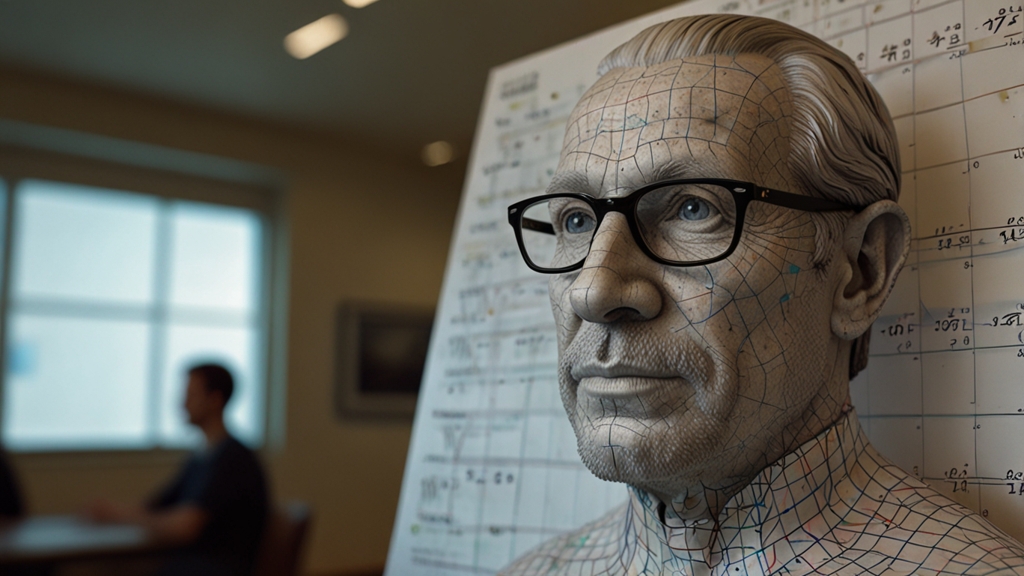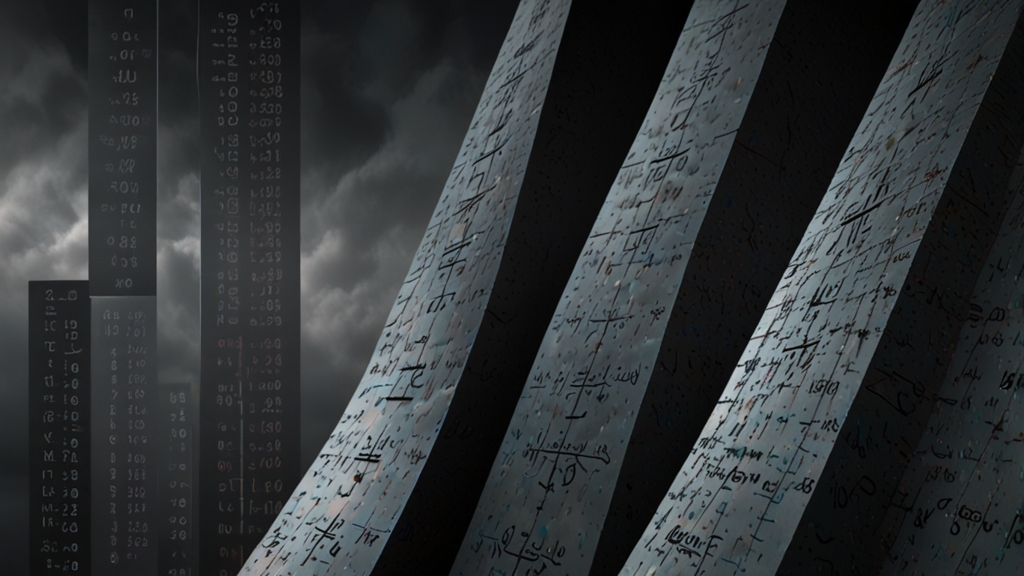The Savage Reality of Crucifixion: A Historical Eye-Opener
Crucifixion is a method of capital punishment that has echoed through history as one of the most brutal and severe forms of execution. It is most famously associated with the crucifixion of Jesus Christ, yet this torturous method was employed long before and far beyond that singular event. Crucifixion serves as a grim reminder of human capacity for cruelty. This article delves into the historical context, methods, and impact of crucifixion, peeling back layers of myth to reveal a chilling reality.
Origins and Historical Context
The origins of crucifixion as a form of execution are somewhat shrouded in mystery, but it is widely believed that it began with the Persians around the 6th century BCE. The practice was later adopted by the Greeks and heavily utilized by the Romans. In these ancient societies, crucifixion was reserved for slaves, rebels, and the lowest classes of criminals, serving as a deterrent and a public spectacle of power and control.
"Crucifixion was not about killing someone — it was about killing someone in the most painful, humiliating way possible." — Dr. John Loy, historian and author.
Method and Mechanics
The executioners intended crucifixion to be a prolonged and excruciating death. The victim would often be scourged beforehand, a process in which they were whipped with leather thongs embedded with metal or bone, shredding the skin and muscles. This weakened, bloodied individual was then compelled to carry the horizontal beam (patibulum) to the execution site.
Once there, the victim was stripped and nailed or tied to the cross. Nails driven through the wrists and feet served to increase the agony, with the positioning ensuring that no major arteries were severed, thereby prolonging suffering. The condemned person often endured hours, sometimes days, hanging in agony as the muscles around their chest slowly suffocated them in a horrific process called asphyxiation.
Psychological and Social Impact
The psychological torment of crucifixion cannot be understated. The slow, public nature of the execution served a dual purpose: it was a method of deterring others and breaking the spirit of the victim. The sheer visibility of the event — typically conducted in busy public places or on elevated grounds — ensured maximum exposure of the suffering, driving home the message of state power and control.
"The public nature of crucifixion was designed to instill terror and affirm the authority of the rulers, leaving an indelible mark on the collective psyche of society." — Dr. Mary Beavis, expert in ancient Roman history.
Cultural and Religious Reverberations
In the backdrop of Roman rule, crucifixion takes on particular significance when considering the crucifixion of Jesus Christ. Viewed within the Christian faith as a redemptive act, it paradoxically transformed a symbol of immense suffering into one of hope and salvation. Nevertheless, it is important to remember this transformation does not negate the horrific reality of the crucifixion process.
Other ancient cultures also used crucifixion or similar methods. Carthaginians, notably, employed it, and certain accounts suggest its use in ancient Japan. Across these varied cultures, the unifying factor was the agonizing demise and the intention behind it — to showcase the extent of punitive measures for those who defied the reigning power structures.
Legacy and Lessons
Crucifixion, while buried in the annals of history, offers powerful lessons for contemporary society. It underscores the potential depths of human cruelty and the lengths to which governments and rulers will go to maintain control. As we look upon our modern systems of justice and penalization, understanding the savagery of past practices like crucifixion prompts critical reflection on the ethical boundaries governing state power.
"To remember the past horrors is to safeguard our future and ensure that cruelty and barbarism never become instruments of authority again." — Dr. Helena Schneider, professor of ethics and human rights.
Conclusion
The savage reality of crucifixion provides a historical eye-opener into the mechanisms of ancient pain and power. It is essential to confront this brutal legacy, acknowledging both its historical context and its symbolic transformations. By doing so, we can appreciate the progress humanity has made while remaining vigilant against the underlying impulses that once made such cruelty not just possible, but public policy. It is a stark reminder of our capacity for both barbarism and redemption, urging us to choose the latter in our continued evolution.









